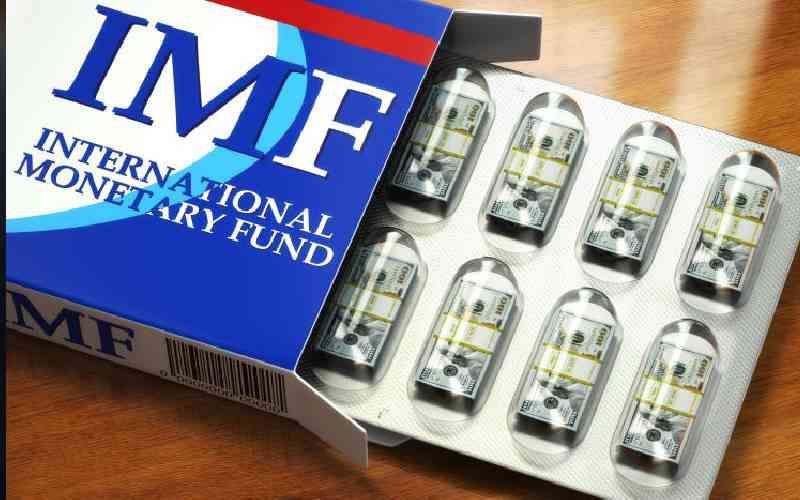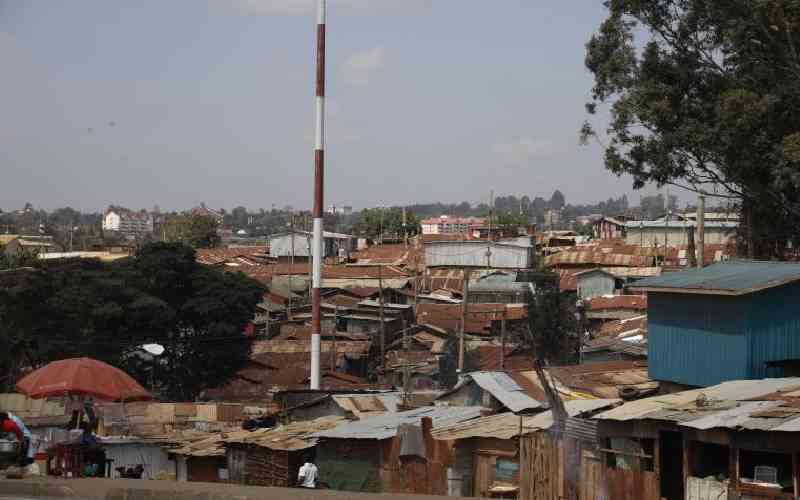
Public hospitals have not lived up to their objective of shielding the poor from the high cost of healthcare, a new World Bank report has shown.
The Kenya Economic Update found that poor Kenyans spend a large fraction of their income on fees and drugs for out-patient care at public hospitals.
Out-patient care, where a patient attends a hospital for treatment without staying there overnight, should generally not consume a lot of money as much of it is already paid for by taxpayers.
However, the World Bank found that low-income households are paying dearly for the services.
“The poorest 40 per cent have a share of 16.1 per cent in market income but account for 25.9 per cent of all fees and over-the-counter purchases associated with public outpatient health services,” said the report.
Another recent report by an NGO found that in most hospitals prices of original drug brands retail at 11 times the international reference prices. The recommended markup in Kenya is 30 per cent.
Markup
However, noted the report, the markup between the price that patients pay and the procurement prices by mission hospitals’ key suppliers for locally produced drugs was 343 per cent, while that of imports was 257 per cent.
While public spending on outpatient care in lower level facilities tends to benefit the poor, the benefits are wiped out by user fees and over-the counter purchases.
For maximum benefits to the poor, the World Bank recommends that the benefits be redirected.
“The results suggest that redirecting spending from higher-level public health facilities to primary care facilities has the potential to benefit the poor and might increase access,” it says.
The bottom 40 per cent account for 36.6 per cent of the benefits in public spending.
President Uhuru Kenyatta has cited achievement of universal healthcare as one of his goals under the Big Four agenda.
Four counties have been selected for the piloting of the programme.
Stay informed. Subscribe to our newsletter
Overall, the report looked at the effect of taxes and transfers on poverty and inequality. It found that direct levies such as income taxes and transfers reduced inequality and poverty.
Increases in value added and excise taxes were associated with increased poverty and have a small, negative relationship with inequality.
“The poverty rate increases by more than five percentage points after VAT is accounted for,” said the report. “Excise taxes, which generate only half of the revenue that VAT generates, have a similar effect on poverty and inequality.”
 The Standard Group Plc is a
multi-media organization with investments in media platforms spanning newspaper
print operations, television, radio broadcasting, digital and online services. The
Standard Group is recognized as a leading multi-media house in Kenya with a key
influence in matters of national and international interest.
The Standard Group Plc is a
multi-media organization with investments in media platforms spanning newspaper
print operations, television, radio broadcasting, digital and online services. The
Standard Group is recognized as a leading multi-media house in Kenya with a key
influence in matters of national and international interest.
 The Standard Group Plc is a
multi-media organization with investments in media platforms spanning newspaper
print operations, television, radio broadcasting, digital and online services. The
Standard Group is recognized as a leading multi-media house in Kenya with a key
influence in matters of national and international interest.
The Standard Group Plc is a
multi-media organization with investments in media platforms spanning newspaper
print operations, television, radio broadcasting, digital and online services. The
Standard Group is recognized as a leading multi-media house in Kenya with a key
influence in matters of national and international interest.









